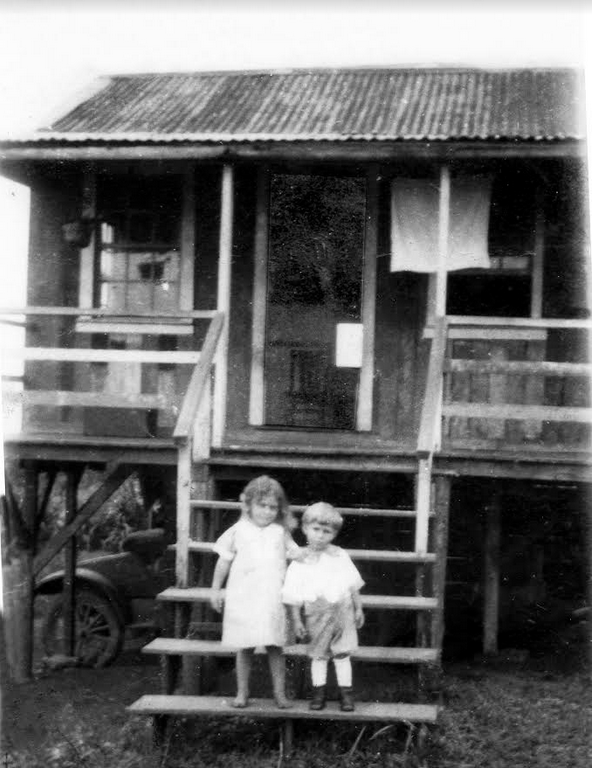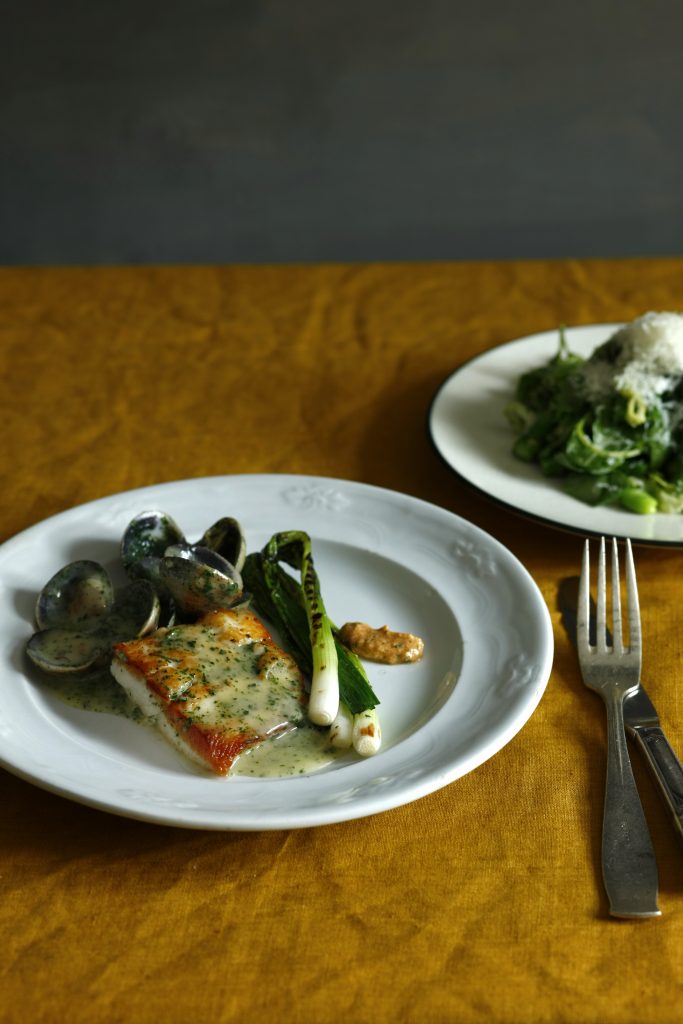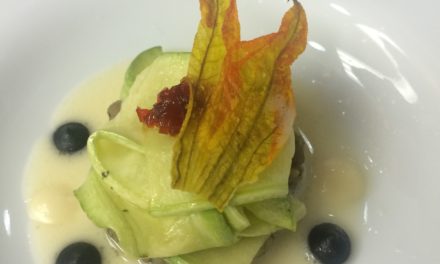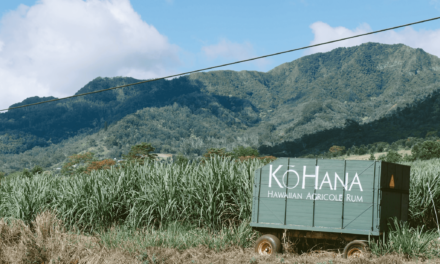Originally published in the Hashi Fall 2019 issue.
Drive around town, listen to Hawaii radio or a stop at the store, and notable Iberian influences on Hawaii’s cuisine and culture can be seen, heard and tasted around the Islands.
On any given day, it’s a waiting game for malasadas at Leonard’s Bakery, a modern day version of the hot deep fried Portuguese “donuts” first introduced to Hawaii in the late 19th century by immigrants from Azores and Madeira.
They left their homelands to seek work on sugar plantations and sought comfort food from home: Portuguese bean soup, Portuguese sausage and “pao doce,” or sweet bread. Portuguese sweet bread and malasadas were baked in large outdoor stove-ovens called “forno.” The mostly Catholic Portuguese would make malasadas to use up the sugar, milk and butter on the day before Lenten fasting began.
The rise of King’s Hawaiian Sweet Bread starts with a son of Okinawan immigrants who had moved to Hawaii Island in 1906 to work on the sugar plantations. Robert Taira opened “Robert’s Bakery” in Hilo some six decades after Portuguese plantation workers introduced their food to Hawaii, inspired by a traditional Portuguese recipe. This is where he made the first loaves of what’s now a household name, King’s Hawaiian Sweet Bread, named after the bakery he later opened on King Street.

Emily Cordeiro de Paiva in front of her “forna” Portuguese oven. Photo: courtesy of NHERC, The Pavia Family Collection
Paniolo Culture & Musical Influence
Hawaii’s cowboy, the paniolo, is a direct descendant of the Spanish vaquero.
King Kamehameha commissioned Spanish cowboys to Hawaii in 1830 in response to the overpopulation from a cattle gift that came with the arrival of western ships. The vaqueros settled in Waimea, teaching cattle herding, ranching and horsemanship, and more.
The cowboys brought along their guitars, jamming around the campfire, inspiring a new style of steel guitar and slack key guitar music that, together with traditional chants and rhythms, created something uniquely Hawaiian.
Hawaiian Music artist Kuana Torres Kahele, whose background is Hawaiian and Spanish, honors the Spanish cowboy with his song “Na Vaqueros.” The song is a blend of Spanish and Hawaiian language, and a bona fide hit, winning the 2012 Na Hoku Hanohano Award for Song of the Year.

Mary and Manuel Cordeio on the steps of their Kalopa plantation house. Photo: courtesy of NHERC, The DeMello Collection
Long before King Kalakaua brought the ukulele to the masses and Jake Shimabukuro helped elevate the humble instrument, Portuguese immigrants made a splash with their “machetes.”
“…Madeira Islanders recently arrived here have been delighting the people with nightly street concerts,” says a story dated September 3, 1879, in the Hawaiian Gazette, which describes “strange instruments, which are a kind of cross between a guitar and a banjo, but which produce very sweet music.”
Three immigrants relocated to Honolulu after completing their contractual obligation on the plantations to make musical instruments. Historians credit Manuel Nunes, Jose do Espírito Santo and Augusto Dias from Madeira as Hawaii’s original ukulele makers.
Iberian Feast Inspirations
With such notable Iberian influences, the Island of Hawaii is the perfect host for the six-course Iberian Feast, featuring six world-class chefs, including Jose Garces and Margarita Manzke.
“It’s been my charge to spread Latin culture through food. As someone who grew up in an Ecuadorian household in Chicago, assimilating to the world around me meant I always had my feet in two cultures.”
—Latin American chef Jose Garces, the famed “Iron Chef” from Philadelphia.
His first cooking teacher was his paternal grandmother, Amada, whose specialty was “empanadas de verde” or green plantain empanada. “There’s a trick to getting the dough right,” explains Garces, “And even though I’d seen and even helped her make them countless times growing up, it eluded me for years.”
“She showed me, step by step, the techniques for boiling the plantains, ricing them, and then deliberately overworking the riced plantains to put their natural starches to work, cohering into a soft, malleable, elastic dough,” recalls Garces. “No flour, no butter, no shortenings. Just boiled green plantains and a little salt. How beautiful is that?”
“On the scale of big revelations in my cooking career, it’s way up there. In fact, Amada’s Empanada is a permanent item on the menu at Amada (my first restaurant — named for my grandma, of course); it’s one small way I pay homage to the undisputed master of empanadas de verde.”
Garces looks forward to bringing his cultural tradition to his Iberian Feast course, a take on a Spanish classic, saying “My plan is to come as close to the original flavors while incorporating ingredients from Hawaii. I’ll be using Maui beef, macadamia nuts in place of the pine nuts, Big Island goat cheese instead of blue cheese, and dates for the prunes.”

Merluza en Salsa Verde by Jose Garces featured in “The Latin Road Home.” Photo: Jason Varney/reprinted with permission of Lake Isle Press
Try Jose Garces’s Merluza en Salsa Verde — Hake Fillets in Clam and Herb Sauce
“She showed me, step by step, the techniques for boiling the plantains, ricing them, and then deliberately overworking the riced plantains to put their natural starches to work, cohering into a soft, malleable, elastic dough,” recalls Garces. “No flour, no butter, no shortenings. Just boiled green plantains and a little salt. How beautiful is that?”
“On the scale of big revelations in my cooking career, it’s way up there. In fact, Amada’s Empanada is a permanent item on the menu at Amada (my first restaurant — named for my grandma, of course); it’s one small way I pay homage to the undisputed master of empanadas de verde.”
Garces looks forward to bringing his cultural tradition to his Iberian Feast course, a take on a Spanish classic, saying “My plan is to come as close to the original flavors while incorporating ingredients from Hawaii. I’ll be using Maui beef, macadamia nuts in place of the pine nuts, Big Island goat cheese instead of blue cheese, and dates for the prunes.”
Acclaimed Los Angeles pastry chef Margarita Manzke has a similar cultural connection to cuisine, learning her trade at her family’s restaurant in the Philippines, saying “I was exposed to so many different flavors and cuisines as a young child. The Philippines is a melting pot of different culinary influences from Spain, Malaysia, Indonesia, Japan and America.”
Spanish and Hawaiian flavors will come together for her Iberian Feast dessert. “Leche flan is a Filipino dessert influenced by the Spanish,” shares Manzke. “Some of the Hawaii flavors like pineapple and coconut are widely used in Filipino cuisine and I plan on pairing them with the leche flan.”
Iberian Feast Inspirations
With such notable Iberian influences, the Island of Hawaii is the perfect host for the six-course Iberian Feast, featuring six world-class chefs, including Jose Garces and Margarita Manzke.
“It’s been my charge to spread Latin culture through food. As someone who grew up in an Ecuadorian household in Chicago, assimilating to the world around me meant I always had my feet in two cultures.”
—Latin American chef Jose Garces, the famed “Iron Chef” from Philadelphia.
His first cooking teacher was his paternal grandmother, Amada, whose specialty was “empanadas de verde” or green plantain empanada. “There’s a trick to getting the dough right,” explains Garces, “And even though I’d seen and even helped her make them countless times growing up, it eluded me for years.”
“She showed me, step by step, the techniques for boiling the plantains, ricing them, and then deliberately overworking the riced plantains to put their natural starches to work, cohering into a soft, malleable, elastic dough,” recalls Garces. “No flour, no butter, no shortenings. Just boiled green plantains and a little salt. How beautiful is that?”
“On the scale of big revelations in my cooking career, it’s way up there. In fact, Amada’s Empanada is a permanent item on the menu at Amada (my first restaurant — named for my grandma, of course); it’s one small way I pay homage to the undisputed master of empanadas de verde.”
Garces looks forward to bringing his cultural tradition to his Iberian Feast course, a take on a Spanish classic, saying “My plan is to come as close to the original flavors while incorporating ingredients from Hawaii. I’ll be using Maui beef, macadamia nuts in place of the pine nuts, Big Island goat cheese instead of blue cheese, and dates for the prunes.”
Acclaimed Los Angeles pastry chef Margarita Manzke has a similar cultural connection to cuisine, learning her trade at her family’s restaurant in the Philippines, saying “I was exposed to so many different flavors and cuisines as a young child. The Philippines is a melting pot of different culinary influences from Spain, Malaysia, Indonesia, Japan and America.”
Spanish and Hawaiian flavors will come together for her Iberian Feast dessert. “Leche flan is a Filipino dessert influenced by the Spanish,” shares Manzke. “Some of the Hawaii flavors like pineapple and coconut are widely used in Filipino cuisine and I plan on pairing them with the leche flan.”




